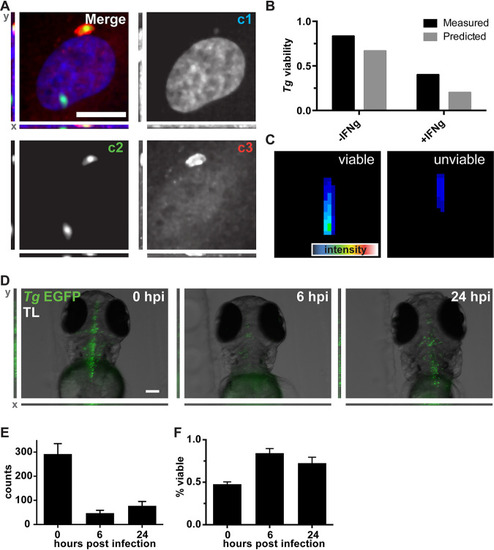FIG 5
- ID
- ZDB-FIG-201003-210
- Publication
- Yakimovich et al., 2020 - Mimicry Embedding Facilitates Advanced Neural Network Training for Image-Based Pathogen Detection
- Other Figures
- All Figure Page
- Back to All Figure Page
|
Mimicry embedding and weight transfer employed for |

